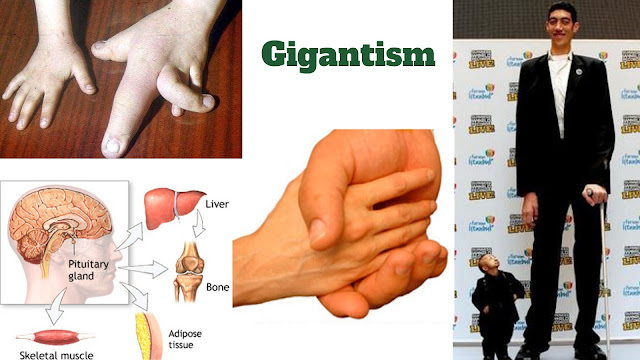Who Else Wants To Know The Mystery Behind Human Germline Editing?
Human Germline Modification is the advancement by which the genome of an individual is reformed with the goal the change is genetic. This is completed through hereditary changes inside the germinal cells, or the reproductive cells, for example, the oocyte and spermatogonium. Gene therapy comprises of altering somatic cells, which are for the most part cells in the body that are not involved in reproduction. While gene therapy changes the genome of the targeted cells, these cells are not inside the germline, so the modifications are not heritable and cannot be passed on to the next generation. Human germline modification has for a long time been generally thought to be beyond reach, for both safety and social reasons. In current research, another age of hereditary engineering methods, known as "gene editing " or "genome editing," has motivated theory about their utilization in human incipient organisms or gametes.
The main effort to alter the human germ line was accounted for in 2015, when a gathering of Chinese researchers utilized the quality altering procedure CRISPR/Cas9 to alter single-celled, non-reasonable incipient organisms to see the viability of this technique. This attempt was somewhat ineffective; just a little division of the embryos effectively embedded the new hereditary material and a significant number of the embryos contained a lot of random mutations. The non-suitable embryos that were utilized contained an additional set of chromosomes, which may have been harmful. In 2016, another analogous examination was performed in China which likewise utilized non-viable embryos with additional sets of chromosomes. This examination demonstrated fundamentally the same as results to the first; there were fruitful integrations of the desired gene, yet most of the attempts disappeared, or delivered undesirable mutations.
The latest, and possibly most successful, discover in August 2017 attempted the revision of the heterozygous MYBPC3 transformation related with Hypertrophic Cardiomyopathy in human embryos with exact CRISPR– Cas9 focusing on.52% of human embryos were effectively altered to hold just the wild type normal copy of MYBPC3 gene, whatever remains of the embryos were mosaic, where a few cells in the zygote contained the typical gene duplicate and some contained the transformation.
Human genetic modification is the immediate regulator of the genome utilizing molecular engineering. The two unique kinds of gene modification are “somatic gene modification " and " germ line genetic modification." Somatic gene modification includes, cuts, or changes the genes in cells of a living individual. Germline gene modification changes the genes in sperm, eggs, and embryos. These changes would display in each cell of the human body.
This disputation denotes another part of a significantly considerable discussion about the eventual destiny of gene editing in humans. Whenever perfect, somatic gene editing holds assurance for helping individuals who are sick, influencing just an individual consenting patient. But editing the genes of human embryos so as to make hereditarily modified individuals is altogether different, and raises grave wellbeing, social, and moral concerns. These range from the possibility of irreversible damages to the wellbeing of future kids and ages, to worries about opening the way to new types of social imbalance, segregation, and struggle.




Comments
Post a Comment